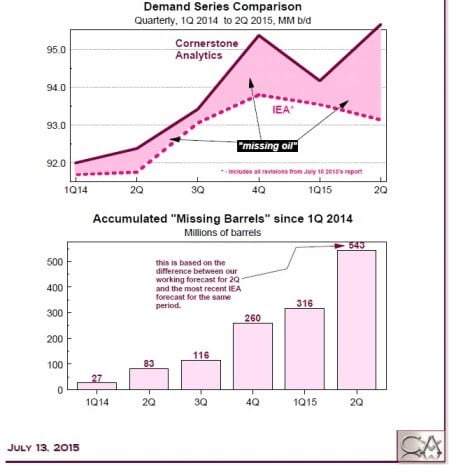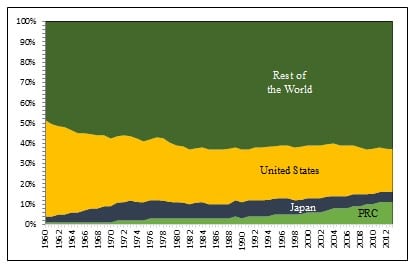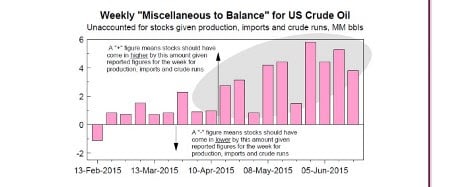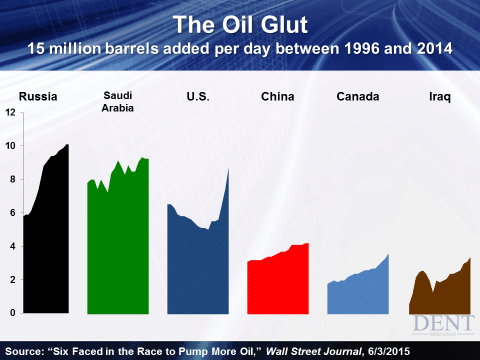What is going on with IEA and EIA Oil Data?
In the past, I documented the overstatements by both the IEA and EIA in 2014 & 2015 in terms of supply, inventory, and understatements of demand. Others also noticed these distortions and, whether intentional or not, they exist and they are very large in dollar terms. These distortions, which are affecting price through media hype and/or direct/indirect price manipulation, are quite possibly the largest in financial history.








